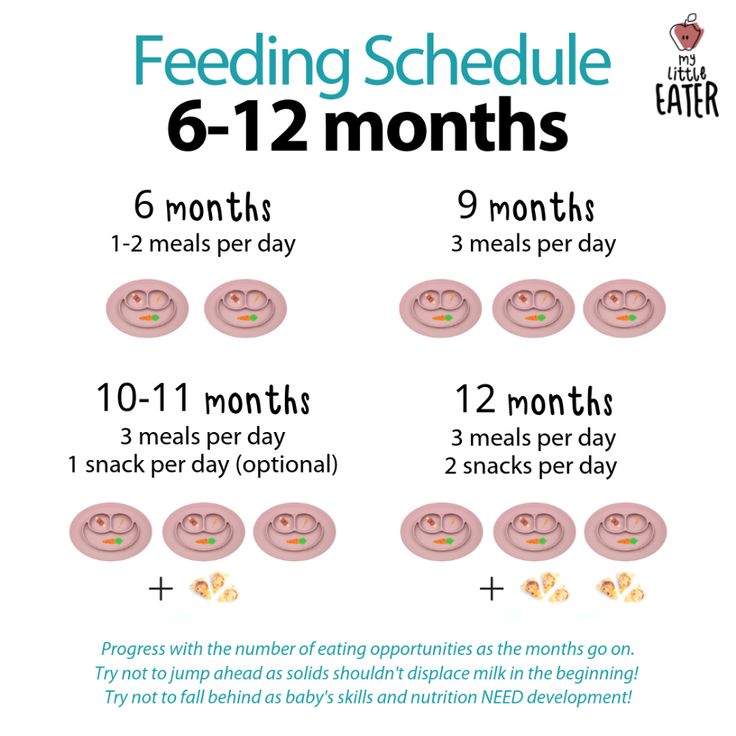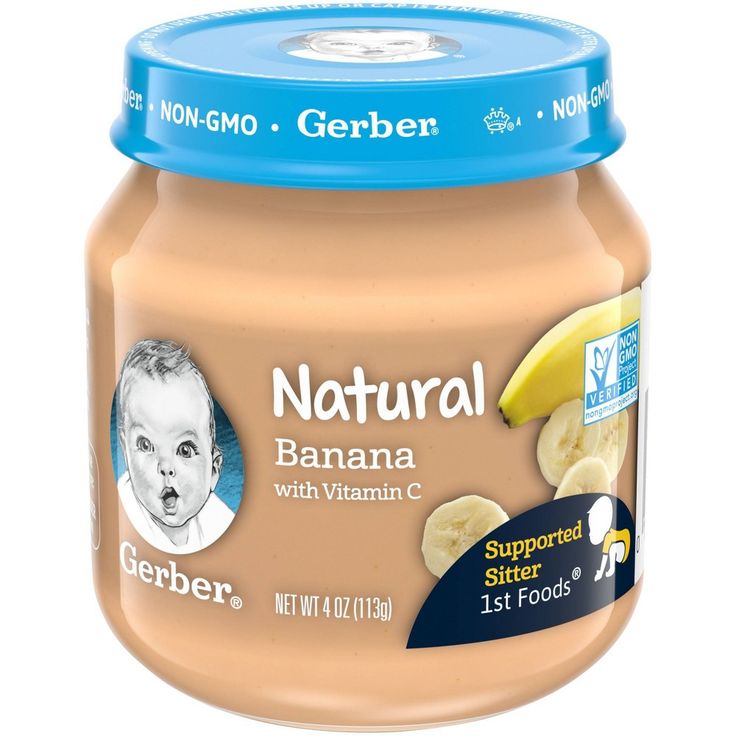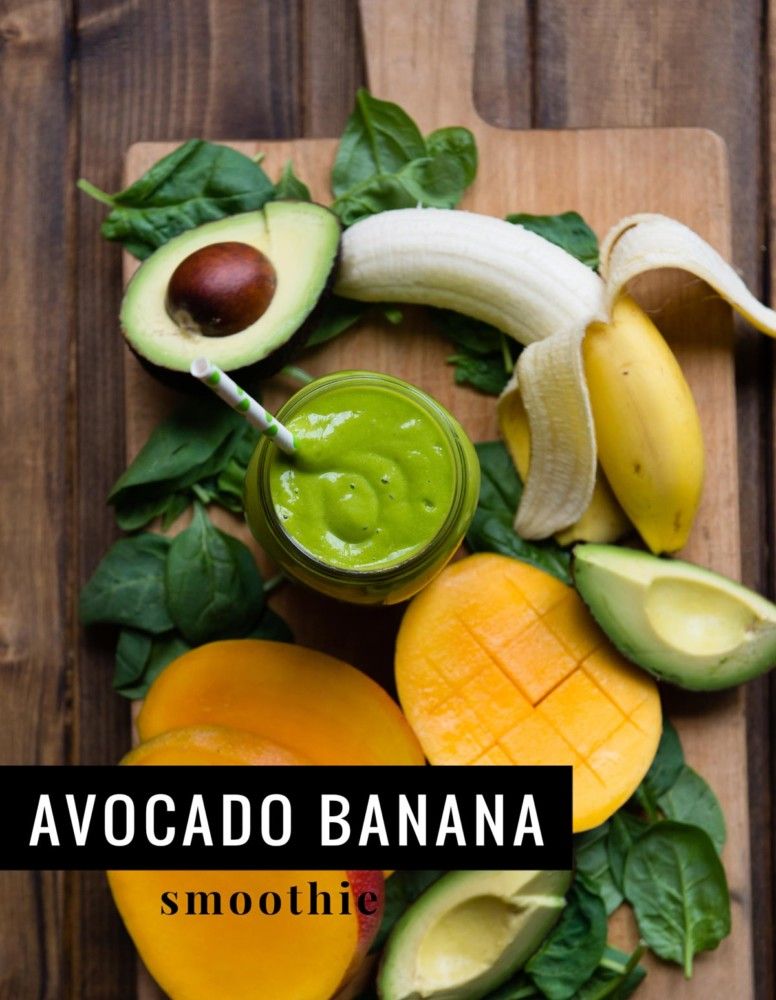Feeding schedule of 6 months old baby
6-month-old feeding schedule: Timetable
A baby’s 6-month birthday marks an important transition as many infants are ready to start trying solids at this point.
While breast milk or formula should still form the core of a 6-month-old’s diet, some caregivers find that a child’s feeding schedule shifts as they begin eating purees and other solids.
Share on PinterestWhen a baby reaches 6 months of age, purees and other solid foods can usually become part of their diet.Babies typically need to eat every 2–3 hours, five to six times during the day.
It is normal for a baby’s schedule to change from day to day, or for babies to eat different amounts of food each day.
Caregivers can follow a baby’s cues, even if they have established a schedule already. A parent or caregiver does not need to deny food to a baby just because it has already eaten.
Introducing solids
The American Academy of Pediatrics (AAP) advise that parents exclusively breastfeed infants for about 6 months if possible. By the time a baby hits their half birthday, they may be ready to try solids.
A baby may be ready for solids at 6 months if:
- they have good head control
- they can hold their head up for extended periods
- they can sit up with no or very little assistance
- they no longer have the tongue thrust reflect to push food out of the mouth with the tongue
- they show interest at mealtime and lean toward food if a caregiver offers it
At this age, breast milk or formula is still a baby’s most important form of nutrition and solids are an addition.
Not all 6-month-olds are ready for solids. If a baby shows no interest, a caregiver can wait a few weeks and try again.
Giving a baby 1–2 tablespoons of iron fortified cereal or fruit or vegetable purees per feeding can be a good place to start.
Gradually increasing this as the baby’s interest and appetite increase can follow.
To ensure a baby eats sufficient food, the adult can breastfeed or give a bottle before offering solids.
Caregivers can give solid food as a supplement each time they nurse the baby or give a bottle. Or, they can include the baby in family meals by giving solids at mealtime.
At 6 months of age, when an infant may begin to want solids, a caregiver can offer these just once per day.
Choosing a time of day when the caregiver is relaxed and not pressed for time, and the baby is not overly hungry, fussy, or tired often works best.
Once a baby is enjoying their once-a-day solids, the frequency can increase to two and then three times a day.
There is no “right” schedule, but caregivers should plan to increase the number of solids babies get gradually.
At 6 months, the goal is not to introduce new foods and eating habits. Similarly, there is no need to force a baby to eat solids or restrict new food if a baby indicates they want more.
Regardless of their size and eating habits, babies need access to an expanding variety of solid foods.
Most babies will need to try new foods several times before they feel comfortable eating them. It is fine to let a child eat at their own pace, in the way that feels right to them.
It is fine to let a child eat at their own pace, in the way that feels right to them.
It is acceptable at this age for a baby to play with their food since this is a way of exploring new things.
Breast milk and formula
Breast milk or formula remains the most important food at 6 months of age. The easiest way to ensure a baby eats enough is to nurse or formula feed them on demand when they show signs of hunger.
Research supports the value of feeding on demand.
A longitudinal study of 10,419 children found better academic achievement and a four-point Intelligent Quotient (IQ) advantage at 8 years old among children whose caregivers fed them on demand.
However, the caregivers of these children got less sleep and had lower overall well-being.
These results may point to adults finding a happy medium, such as steadily shaping the baby’s preferred schedule into one that works for them.
In general, caregivers should plan to breastfeed babies 3 to 5 times per day, and sometimes more. However, babies vary greatly and every 3–4 hours is common, which can amount to up to eight times in 24 hours.
However, babies vary greatly and every 3–4 hours is common, which can amount to up to eight times in 24 hours.
Some babies prefer cluster feedings, during which they nurse several times in a short period. Growing or sick babies may also nurse more frequently.
If a baby has formula, giving 24–32 ounces of iron fortified formula spread over five or six feeds per day is typical. While some babies sleep through the night at 6 months, others will still wake or want to feed.
A nighttime “dream feed” around the time caregivers retire for the evening may help babies sleep longer.
Other liquids
Babies do not need juice at 6 months. The extra calories can decrease a baby’s appetite, and the sugar may damage a child’s developing teeth. Soda and other drinks are not healthful for babies.
Babies can have water beginning at 6 months, or when caregivers introduce solids, whichever is later. Introducing a cup of water along with solid meals may be helpful.
Around 6 months old, some babies begin transitioning from three or four daily naps to two. The baby might take a midmorning nap and a midafternoon nap. At this age, most babies need 12–15 hours of sleep per day, and naps usually last 1–3 hours.
The baby might take a midmorning nap and a midafternoon nap. At this age, most babies need 12–15 hours of sleep per day, and naps usually last 1–3 hours.
Caregivers are best finding a schedule that works for them and the child. Some children are used to falling asleep by nursing or with a bottle. Others happily doze off on their own.
A caregiver can follow the baby’s cues and work to adapt their needs to the family’s schedule slowly.
These feeding tips may help:
- Babies may be hungrier after waking from a long nap. This can be a good time to try solids after offering formula or breast milk to ease their initial hunger.
- There is no evidence that adding cereal to a bottle helps babies sleep longer. Doing so can increase their risk of choking.
- Babies must never have food without close supervision. nor have solids, even very thin purees, in bed.
Deciding what, when, and how to feed a baby can be challenging, especially during the transition to solids. As long as babies get regular breast milk or formula, caregivers do not need to rush the transition to solids or worry that babies are not eating enough.
As long as babies get regular breast milk or formula, caregivers do not need to rush the transition to solids or worry that babies are not eating enough.
Some babies take longer than others to embrace solids, while some will eagerly eat anything. The right schedule is one that works for the baby and family. This schedule may change over time which is also fine.
6-Month-Old Baby Feeding Schedule - Motherly
By Motherly Updated April 5, 2022
At six months, it’s time to celebrate a major milestone: Your baby is likely ready to start solid foods! After a strictly liquid diet for the first half year of your baby’s life, it’s exciting (to you at least) that new culinary delights are now on the table. There are a few different approaches to take when introducing solids: start with spoon-fed purees, go the Baby Led Weaning (BLW) route or two a combination of the methods. We’ll get into the specifics in a moment. First, let’s start with how much your baby should eat…
We’ll get into the specifics in a moment. First, let’s start with how much your baby should eat…
How much should a 6-month-old eat?
The American Academy of Pediatrics and La Leche League recommend the following feeding schedules and amounts for 6-month-olds.
Solids: Offered one or two times per day
Breast milk: Six to eight ounces every four to five hours
Formula: Six to eight ounces every five to six hours
Once your baby hits the 6-month mark and is able to hold their head up unsupported, sit in a high chair, and has doubled their birth weight, it’s OK to start solid foods. For now, a little bit goes a long way! While offering solids, the recommended serving sizes for a 6-month-old are:
- Infant cereal (single grain) mixed with breast milk or formula: three to five tablespoons
- Fruits: one to two tablespoons
- Vegetables: one to two tablespoons
Related: 6-month-old baby milestones
What’s a good 6-month-old feeding schedule?
Remember, it’s more important that you follow your baby’s cues than adhere to a set schedule, so schedules outlined are general guides of how frequently you’ll feed your baby—not hard-and-fast rules.
These guidelines also apply primarily to infants born full-term and without any underlying medical conditions. For preterm infants, babies with certain medical conditions or for any specific questions pertaining to your child, be sure to consult your child’s pediatrician for a more customized feeding schedule.
How to introduce solids to your 6-month-old baby
For the first few months of starting solids, it’s all about experimentation. As the saying goes, “Food before one is just for fun.” As an optional first food, you can offer infant oatmeal cereal mixed with a small amount of breast milk or formula. (We recommend avoiding rice-based baby cereal products and rice-based teething wafers due to the potential for heavy metal contamination, even in those marked organic.) Other great options for your baby’s first solid foods include mashed avocado, steamed and pureed sweet potato and pureed peas. Oh, and you’ll want to stock up on some dining essentials!
Let your baby experiment with foods from different food groups. Keep introductions gradual by introducing just one single-ingredient food from any new food group every three to five days. This allows you to more easily identify the source of any allergic reactions.
Keep introductions gradual by introducing just one single-ingredient food from any new food group every three to five days. This allows you to more easily identify the source of any allergic reactions.
What is Baby Led Weaning?
Although the term is a bit misleading, Baby Led Weaning doesn’t refer to weaning your baby off breast milk or formula—but rather introducing them to complementary solid foods. The concept is that your baby is in control of how much they eat during meal times and is in charge of feeding themselves. Instead of spoon-fed purees, families that practice BLW offer large pieces of food to babies for them to eat as they wish. Research has shown that there is not a significantly higher risk of choking for babies that start solids with the BLW method, however you should still be aware of what foods pose common choking hazards.
With solid foods now on the menu, feeding your baby is getting more exciting—and messy. In addition to the heavy duty bibs and a good high chair, the other essential for this time is a camera so that you can capture those cute moments of your baby with a DIY avocado face mask.
Read more about wellness for mama and your 6-month-old:
- It’s science: Babies as young as six months are already connecting words
- Motherly’s Postpartum Wellness Class is here!
- Subscribe to the Becoming Mama podcast
- 10 key foods to build your baby’s brain development
A version of this article was published October 17, 2021. It has been updated.
Complementary foods at 6 months | Useful tips from the Tyoma brand
Pediatricians around the world, including experts from the World Health Organization, unanimously believe that the introduction of complementary foods should be carried out in the interval of 4-6 months.
Early introduction of complementary foods (up to 4 months). fraught with the development of allergic reactions and indigestion.
Late introduction of complementary foods, from 7 months, can lead to a deficiency in the child's diet of essential nutrients, an iron deficiency state at the age of 9-10 months, eating disorders, delayed development of chewing skills and swallowing of thick foods.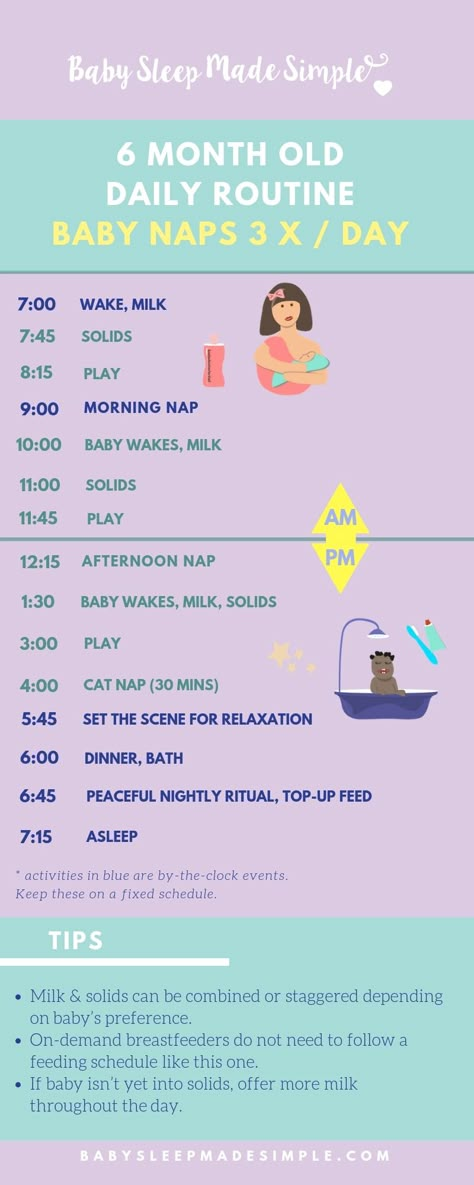
With the normal development of the child and the absence of signs of iron deficiency anemia, complementary foods can be introduced from 6 months. This applies to both formula-fed and breast-fed babies.
Signs that a baby is ready to breastfeed include
- Absence of the spoon-ejection reflex
- the presence of a bright food interest in the baby to the food of adults
It is important to remember that a child’s lack of teeth and the ability to sit are not signs of a baby’s unpreparedness for eating thick foods.
It is very important to understand the main goals of the introduction of complementary foods:
- Provide the child with the necessary nutrients.
- Develop a child's food interest, introduce him to new tastes.
In no case should the introduction of complementary foods be of a violent nature, since this will not only not contribute to the development of a child’s food interest, but can also lead to a complete refusal of the baby from complementary foods, which will destroy the main goals of complementary foods.
How to start introducing complementary foods at 6 months of age?
The first product of complementary foods, regardless of the start date of the introduction of complementary foods and the type of feeding of the baby (breast or artificial), should be energy-intensive foods: porridge, or vegetable puree.
If the child has a liquefied or unstable stool, and there is also a lack of body weight, then it is better to choose porridge as the first complementary food. After 3-4 days from the beginning of the introduction of porridge, butter can be gradually added to it (up to 5 g per serving of porridge in 150 g)
If the child has a tendency to constipation, then it is better to choose vegetable marrow puree as the first complementary food, which can have a mild laxative effect on the child's stool. Starting from the 3-4th day of the introduction of vegetable puree, vegetable oil can be gradually added to it (up to 5 g per serving of vegetables in 150 g)
What products are better to give preference to at 6 months?
Kashi
The first cereals can be buckwheat, rice or corn. They must be dairy-free and can be diluted with water or breast milk, or the mixture that the baby eats. Later, you can introduce oatmeal and millet porridge
They must be dairy-free and can be diluted with water or breast milk, or the mixture that the baby eats. Later, you can introduce oatmeal and millet porridge
Vegetables
The first vegetable puree can be zucchini, broccoli, or cauliflower. Later, kohlrabi, potatoes, green beans, white cabbage, green peas, celery can be introduced into the diet.
Fruit
The third type of complementary foods can be fruit puree from apples, pears or bananas. Later, you can introduce mashed apricot, peach. For starters, fruit puree may not be given to the child separately, but it is better to mix it with cereal or vegetables so that the child does not begin to prefer the sweet taste of fruits. When the amount of fruit puree reaches 50 g or more, it can also be given separately, for example, after the child has eaten porridge or cottage cheese.
Juices
Juices should not be the first feeding, in addition, they can not be introduced into the baby's first year of life at all, given their sweet taste and low nutritional value.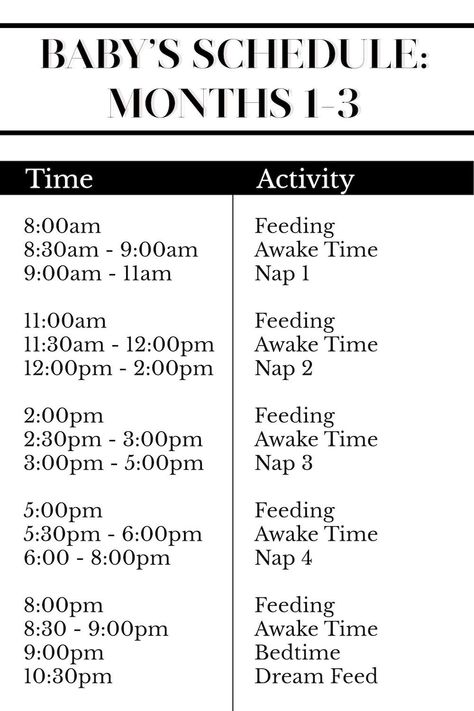
Basic rules for the introduction of complementary foods from 6 months
- A faster introduction of the main complementary foods into the child's diet compared to their introduction from 4 or 5 months, namely, bringing the amount of one product to the age volume can be carried out in 5-7 days.
- Introduction of complementary foods before breastfeeding or formula.
- Feeding the child is carried out not at the request of the child, but at the request of the mother. What it means: you should try to introduce complementary foods regularly and at the same time, allocating for this conditionally time for the future breakfast, lunch and dinner (afternoon snack).
How to start the introduction of a new product?
The introduction of a new product should be gradual.
- On day 2 - 3 tsp. (15 g)
- On day 3 - 6 tsp. (30 g)
- Day 4 - 50 g
- Day 5 - 100 g
- On the 7th day - 150 g
Important!
If on the 5-7th day of the introduction of a new product, the baby still cannot eat 100-150 ml of porridge or puree at once, then this amount can be divided into 2 doses, for example, give 100 ml of porridge in the morning and 50 ml in the evening.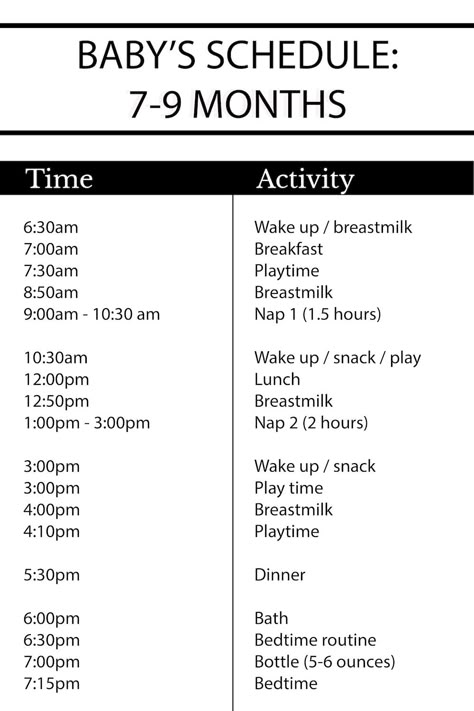
From the second week of the introduction of a new product, one milk feeding can be completely replaced with complementary foods.
Approximate weekly feeding schedule
If we start complementary foods with vegetable puree, then the schedule might look something like this:
- Morning feeding (6:00 am): breast milk or infant formula 180-200 ml
- Breakfast (10:00): breast milk or infant formula 180-200 ml
- Lunch (14:00): broccoli 10-150 grams. Supplementing with breast milk or infant formula
- Afternoon snack (18:00): breast milk or infant formula 180-200 ml
- Night feeding (22:00): breast milk or infant formula 180-200 ml
2 weeks
From the second week, you need to start introducing dairy-free porridge.
- Morning feeding (6:00 am): breast milk or infant formula 180-200 ml
- Breakfast (10:00): porridge 10-150 g, supplemented with breast milk or infant formula
- Lunch (14:00): Broccoli 150 grams.
 Vegetable oil 5 g Supplementary feeding with breast milk or infant formula up to 50 ml
Vegetable oil 5 g Supplementary feeding with breast milk or infant formula up to 50 ml - Afternoon snack (18:00): breast milk or infant formula 180-200 ml
- Night feeding (22:00): breast milk or infant formula
3 week
From the third week, you need to start introducing meat puree, which is most convenient to add to vegetable puree
- Morning feeding (6:00 am): breast milk or infant formula 180-200 ml
- Breakfast (10:00): porridge 150 g, supplemented with breast milk or infant formula
- Lunch (14:00): Broccoli 150 grams. Vegetable oil 5 g Meat puree 5-20 g Supplementation with breast milk or infant formula up to 50 ml
- Afternoon snack (18:00): breast milk or infant formula 180-200 ml
- Night feeding (22:00): breast milk or infant formula
4 week
From the fourth week, you can introduce fruit puree, which is most convenient to add to porridge
- Morning feeding (6:00 am): breast milk or infant formula 180-200 ml
- Breakfast (10:00): porridge 150 g, fruit puree up to 50 g
- Lunch (14:00): Broccoli 150 grams.
 Vegetable oil 5 g Meat puree 20 g Supplementation with breast milk or infant formula
Vegetable oil 5 g Meat puree 20 g Supplementation with breast milk or infant formula - Afternoon snack (18:00): breast milk or infant formula 180-200 ml
- Night feeding (22:00): breast milk or infant formula
From the fifth week, you can begin to introduce the second type of porridge, which is most convenient to start adding to the first type, gradually displacing its amount.
From the sixth week, you can enter another type of vegetable puree. And so on.
By 7 months two milk feedings can be completely replaced with complementary foods.
Complementary foods at 6 months | Useful tips from the Tyoma brand
Pediatricians around the world, including experts from the World Health Organization, unanimously believe that the introduction of complementary foods should be carried out in the interval of 4-6 months.
Early introduction of complementary foods (up to 4 months). fraught with the development of allergic reactions and indigestion.
fraught with the development of allergic reactions and indigestion.
Late introduction of complementary foods, from 7 months, can lead to a deficiency in the child's diet of essential nutrients, iron deficiency at the age of 9-10 months, eating disorders, delayed development of chewing skills and swallowing of solid foods.
With the normal development of the child and the absence of signs of iron deficiency anemia, complementary foods can be introduced from 6 months. This applies to both formula-fed and breast-fed babies.
Signs that a baby is ready to breastfeed include
- Absence of the spoon-ejection reflex
- the presence of a bright food interest in the baby to the food of adults
It is important to remember that a child’s lack of teeth and the ability to sit are not signs of a baby’s unpreparedness for eating thick food.
It is very important to understand the main goals of the introduction of complementary foods:
- Provide the child with the necessary nutrients.
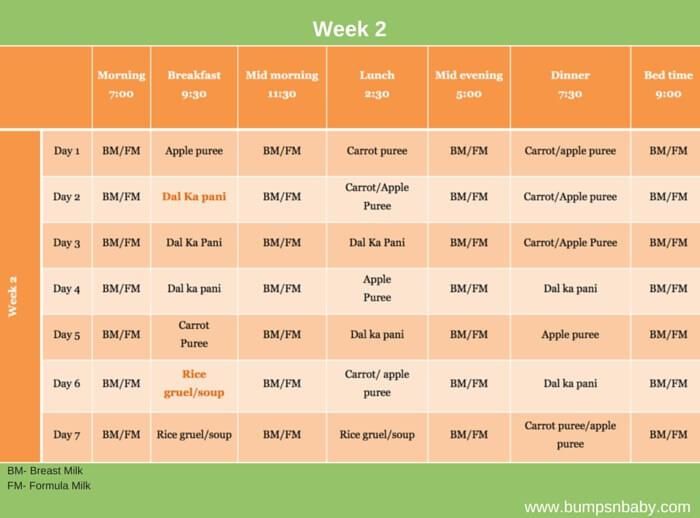
- Develop a child's food interest, introduce him to new tastes.
In no case should the introduction of complementary foods be of a violent nature, since this will not only not contribute to the development of a child’s food interest, but can also lead to a complete refusal of the baby from complementary foods, which will destroy the main goals of complementary foods.
How to start introducing complementary foods at 6 months of age?
The first product of complementary foods, regardless of the start date of the introduction of complementary foods and the type of feeding of the baby (breast or artificial), should be energy-intensive foods: porridge, or vegetable puree.
If the child has a liquefied or unstable stool, and there is also a lack of body weight, then it is better to choose porridge as the first complementary food. After 3-4 days from the beginning of the introduction of porridge, butter can be gradually added to it (up to 5 g per serving of porridge in 150 g)
If the child has a tendency to constipation, then it is better to choose vegetable marrow puree as the first complementary food, which can have a mild laxative effect on the child's stool. Starting from the 3-4th day of the introduction of vegetable puree, vegetable oil can be gradually added to it (up to 5 g per serving of vegetables in 150 g)
Starting from the 3-4th day of the introduction of vegetable puree, vegetable oil can be gradually added to it (up to 5 g per serving of vegetables in 150 g)
What products are better to give preference to at 6 months?
Kashi
The first cereals can be buckwheat, rice or corn. They must be dairy-free and can be diluted with water or breast milk, or the mixture that the baby eats. Later, you can introduce oatmeal and millet porridge
Vegetables
The first vegetable puree can be zucchini, broccoli, or cauliflower. Later, kohlrabi, potatoes, green beans, white cabbage, green peas, celery can be introduced into the diet.
Fruit
The third type of complementary foods can be fruit puree from apples, pears or bananas. Later, you can introduce mashed apricot, peach. For starters, fruit puree may not be given to the child separately, but it is better to mix it with cereal or vegetables so that the child does not begin to prefer the sweet taste of fruits.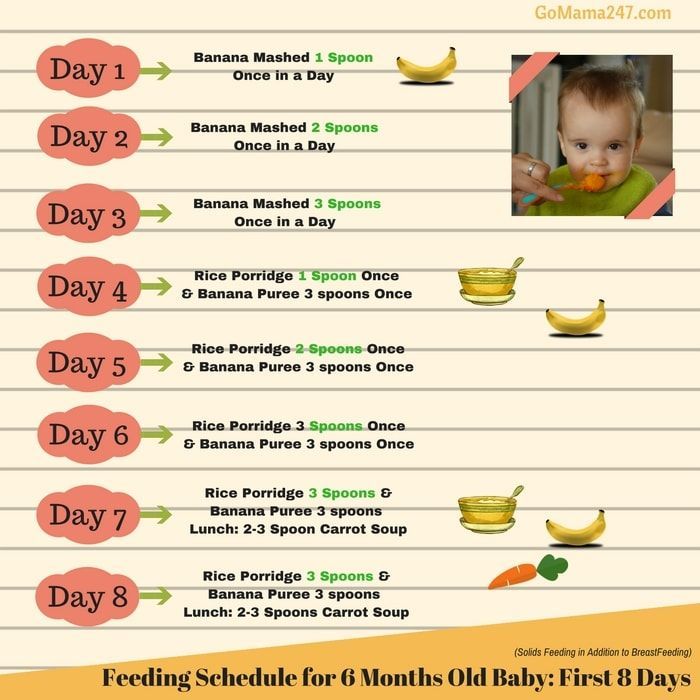 When the amount of fruit puree reaches 50 g or more, it can also be given separately, for example, after the child has eaten porridge or cottage cheese.
When the amount of fruit puree reaches 50 g or more, it can also be given separately, for example, after the child has eaten porridge or cottage cheese.
Juices
Juices should not be the first feeding, in addition, they can not be introduced into the baby's first year of life at all, given their sweet taste and low nutritional value.
Basic rules for the introduction of complementary foods from 6 months
- A faster introduction of the main complementary foods into the child's diet compared to their introduction from 4 or 5 months, namely, bringing the amount of one product to the age volume can be carried out in 5-7 days.
- Introduction of complementary foods before breastfeeding or formula.
- Feeding the child is carried out not at the request of the child, but at the request of the mother. What it means: you should try to introduce complementary foods regularly and at the same time, allocating for this conditionally time for the future breakfast, lunch and dinner (afternoon snack).

How to start the introduction of a new product?
The introduction of a new product should be gradual.
- On day 2 - 3 tsp. (15 g)
- On day 3 - 6 tsp. (30 g)
- Day 4 - 50 g
- Day 5 - 100 g
- On the 7th day - 150 g
Important!
If on the 5-7th day of the introduction of a new product, the baby still cannot eat 100-150 ml of porridge or puree at once, then this amount can be divided into 2 doses, for example, give 100 ml of porridge in the morning and 50 ml in the evening.
From the second week of the introduction of a new product, one milk feeding can be completely replaced with complementary foods.
Approximate weekly feeding schedule
If we start complementary foods with vegetable puree, then the schedule might look something like this:
- Morning feeding (6:00 am): breast milk or infant formula 180-200 ml
- Breakfast (10:00): breast milk or infant formula 180-200 ml
- Lunch (14:00): broccoli 10-150 grams.
 Supplementing with breast milk or infant formula
Supplementing with breast milk or infant formula - Afternoon snack (18:00): breast milk or infant formula 180-200 ml
- Night feeding (22:00): breast milk or infant formula 180-200 ml
2 weeks
From the second week, you need to start introducing dairy-free porridge.
- Morning feeding (6:00 am): breast milk or infant formula 180-200 ml
- Breakfast (10:00): porridge 10-150 g, supplemented with breast milk or infant formula
- Lunch (14:00): Broccoli 150 grams. Vegetable oil 5 g Supplementary feeding with breast milk or infant formula up to 50 ml
- Afternoon snack (18:00): breast milk or infant formula 180-200 ml
- Night feeding (22:00): breast milk or infant formula
3 week
From the third week, you need to start introducing meat puree, which is most convenient to add to vegetable puree
- Morning feeding (6:00 am): breast milk or infant formula 180-200 ml
- Breakfast (10:00): porridge 150 g, supplemented with breast milk or infant formula
- Lunch (14:00): Broccoli 150 grams.
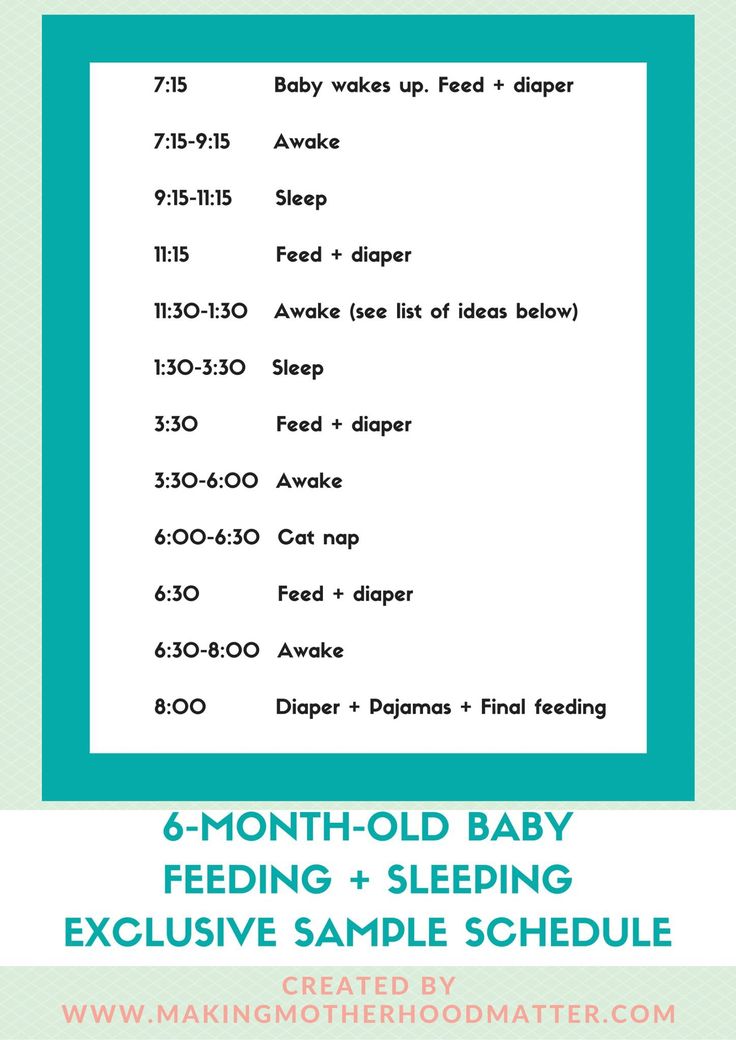 Vegetable oil 5 g Meat puree 5-20 g Supplementation with breast milk or infant formula up to 50 ml
Vegetable oil 5 g Meat puree 5-20 g Supplementation with breast milk or infant formula up to 50 ml - Afternoon snack (18:00): breast milk or infant formula 180-200 ml
- Night feeding (22:00): breast milk or infant formula
4 week
From the fourth week, you can introduce fruit puree, which is most convenient to add to porridge
- Morning feeding (6:00 am): breast milk or infant formula 180-200 ml
- Breakfast (10:00): porridge 150 g, fruit puree up to 50 g
- Lunch (14:00): Broccoli 150 grams. Vegetable oil 5 g Meat puree 20 g Supplementation with breast milk or infant formula
- Afternoon snack (18:00): breast milk or infant formula 180-200 ml
- Night feeding (22:00): breast milk or infant formula
From the fifth week, you can begin to introduce the second type of porridge, which is most convenient to start adding to the first type, gradually displacing its amount.